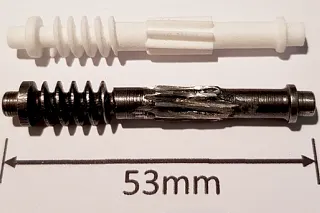Change Language :
3D printed spare parts for vintage cars

Finding spare parts for vintage cars is usually difficult, if not impossible The procurement of spare parts is a known problem, especially for exotic vehicles and rare models. Some of the parts that need replacing can be decades old and can have significant wear. All of this usually means expensive. However, this is not the case if you consider using materials such as the abrasion resistant iglidur® i6 SLS polymer and 3D print the part you need.
Would you like more information about the igus® 3D printed service or range of materials? Or do you need an individual consultation? Our experts will be happy to get in touch with you.








